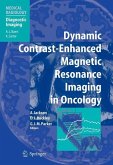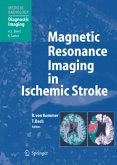In the past, MRI has often been assigned a subsidiary role in the diagnostic work-up of muscular diseases owing to the frequent inability of routine MRI protocols to detect pathognomonic findings. This situation is changing with the advent of modern MR imaging techniques that offer deeper insights into various surrogate pathophysiologic parameters. In this book, recognized experts from around the world provide a comprehensive overview of the value of cutting-edge MRI for the assessment of normal and diseased skeletal muscle. A range of aspects are covered, from the general role of MRI in imaging the skeletal musculature, including in comparison with ultrasonography, through to the current value of MRI in the diagnostic work-up of different diseases. In addition, several chapters present research findings in respect of modern morphological and functional MRI techniques and provide examples of the added value provided by these techniques when evaluating muscular diseases.
From the book reviews:
"It is a multi-author book with 15 chapters covering all aspects of MRI and skeletal musculature. ... This book deserves a place as a benchbook for musculoskeletal radiologists and is a handy well referenced source of information for all scientists pursuing cutting edge, research in application of MRI to skeletal muscle." (Stephen Davies, RAD Magazine, November, 2014)
"It is a multi-author book with 15 chapters covering all aspects of MRI and skeletal musculature. ... This book deserves a place as a benchbook for musculoskeletal radiologists and is a handy well referenced source of information for all scientists pursuing cutting edge, research in application of MRI to skeletal muscle." (Stephen Davies, RAD Magazine, November, 2014)








